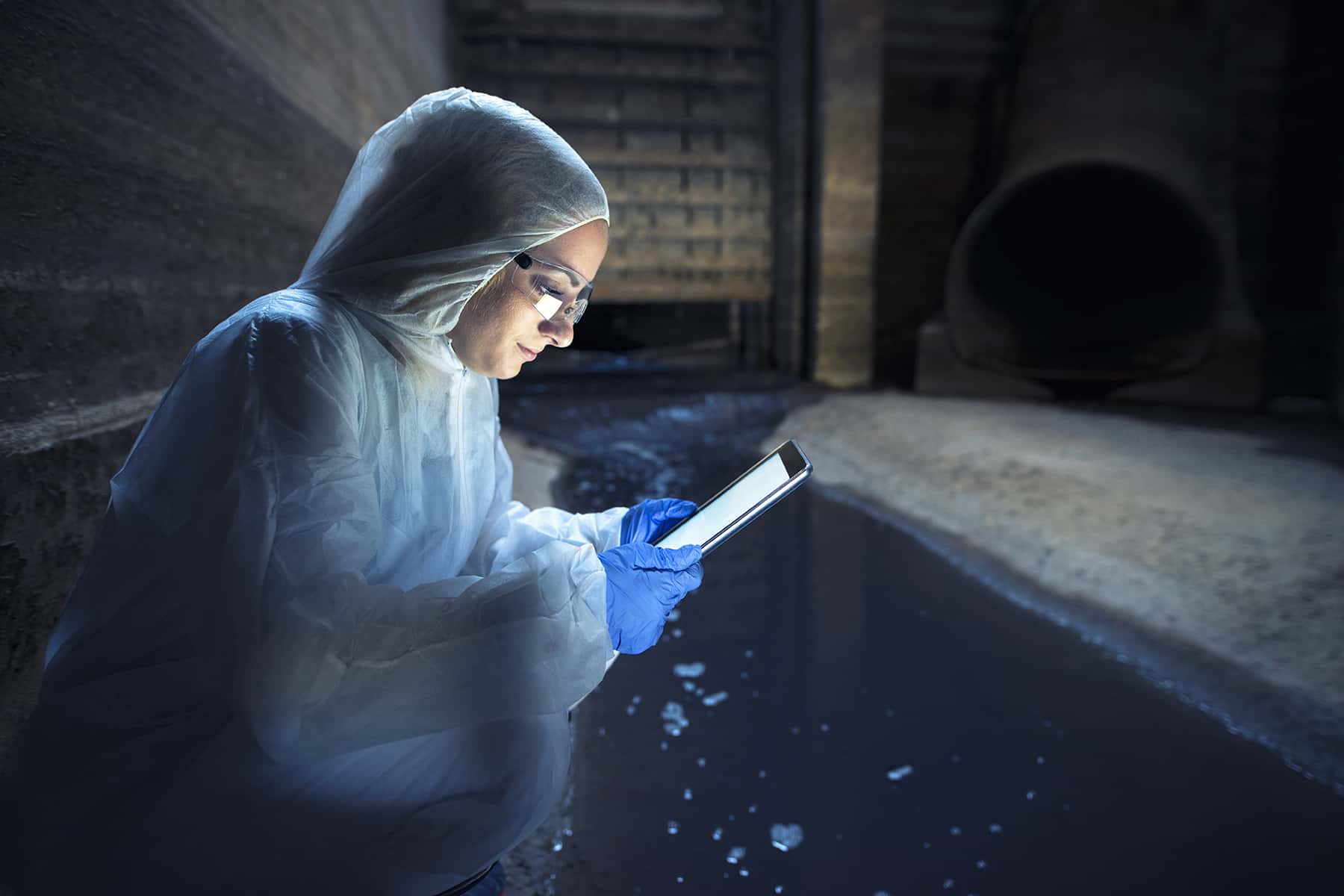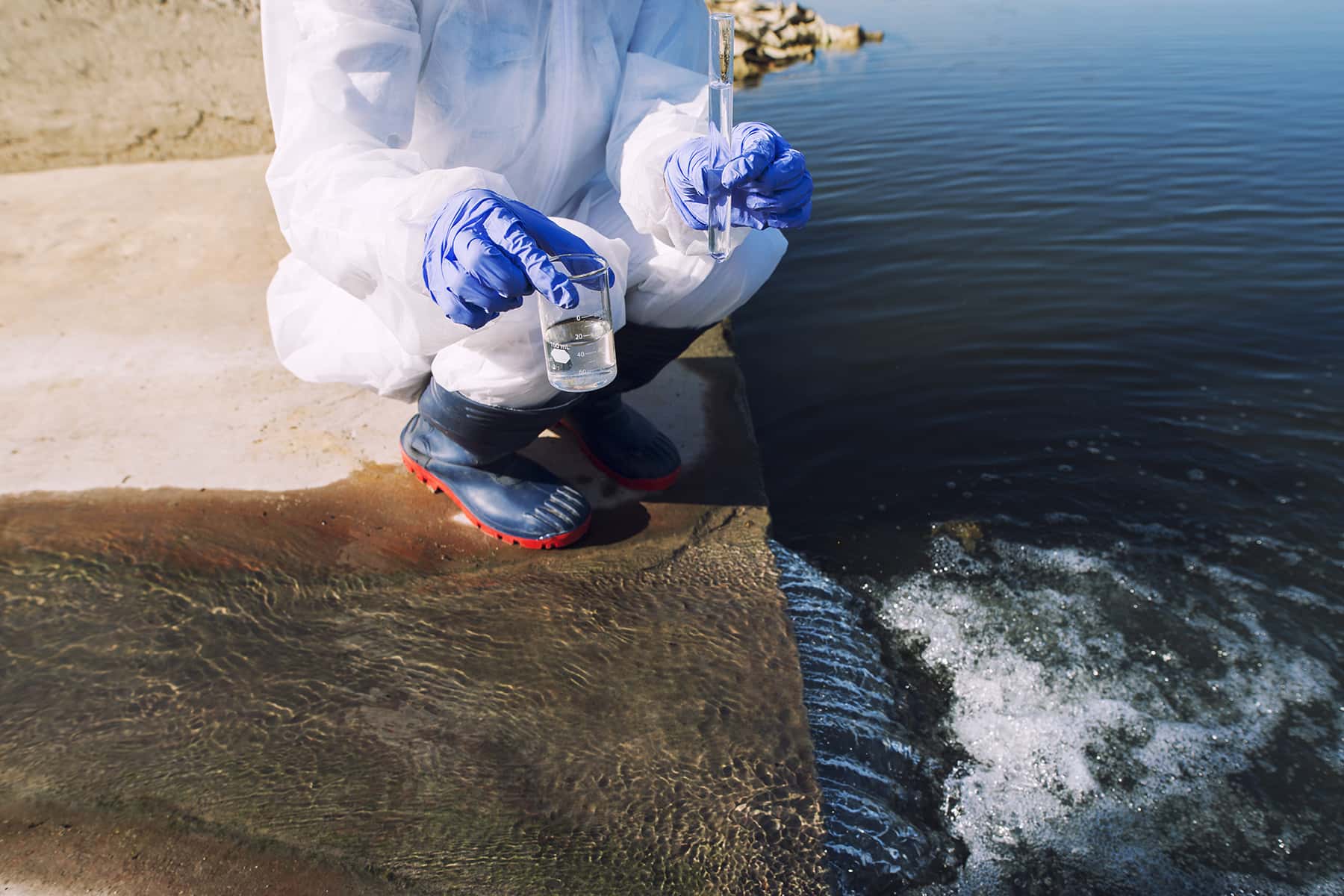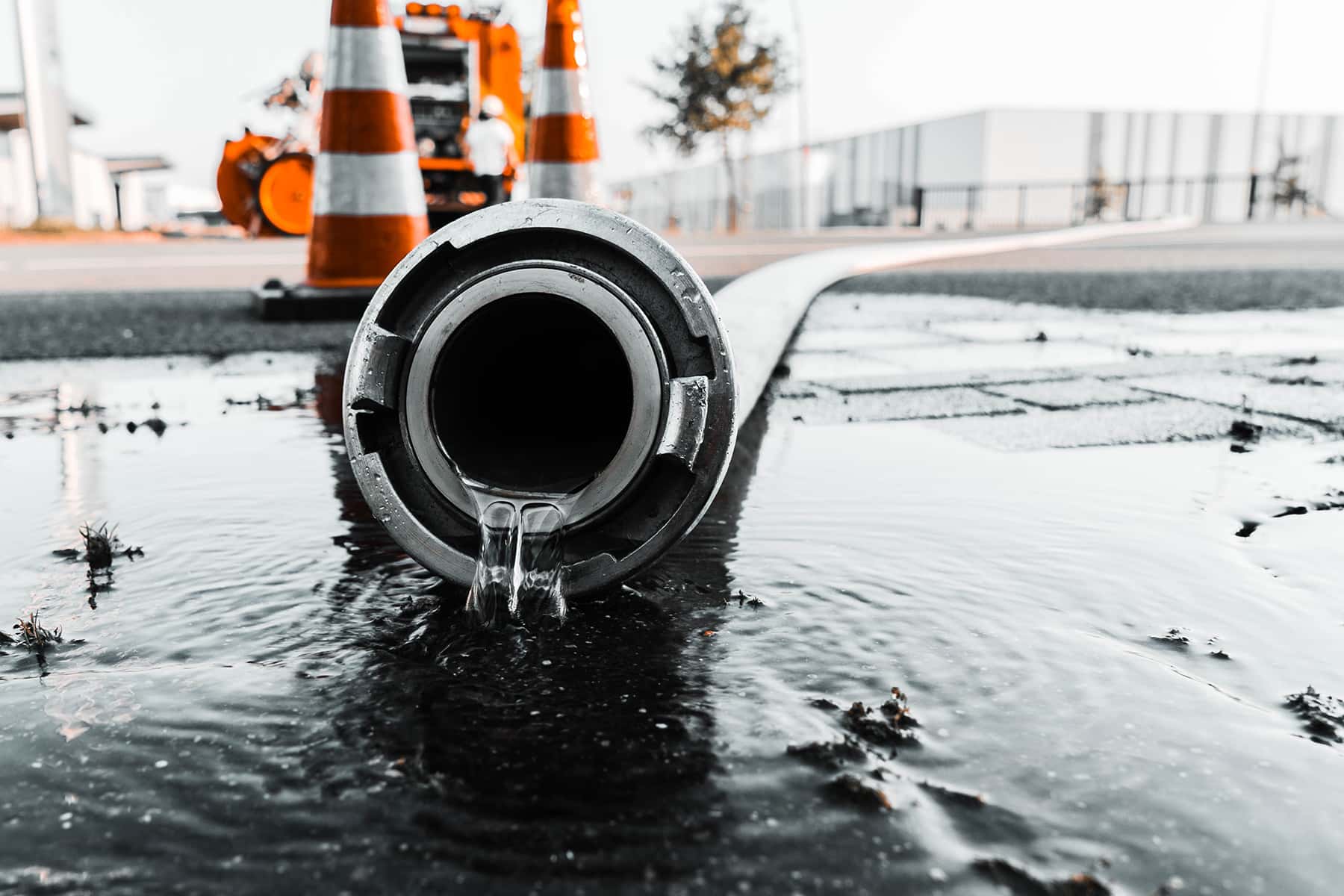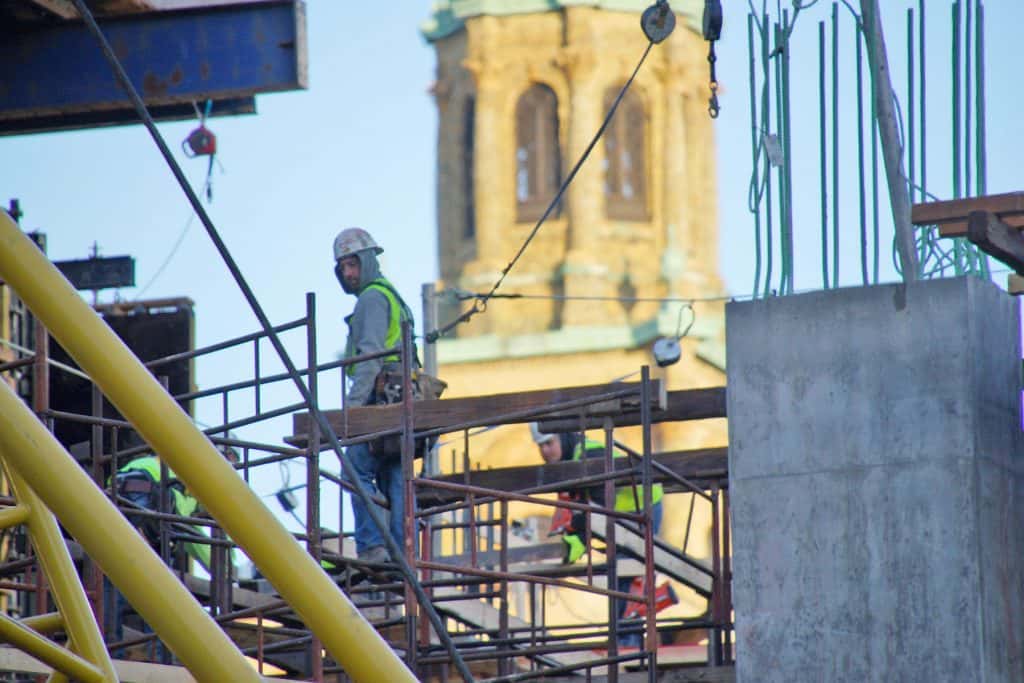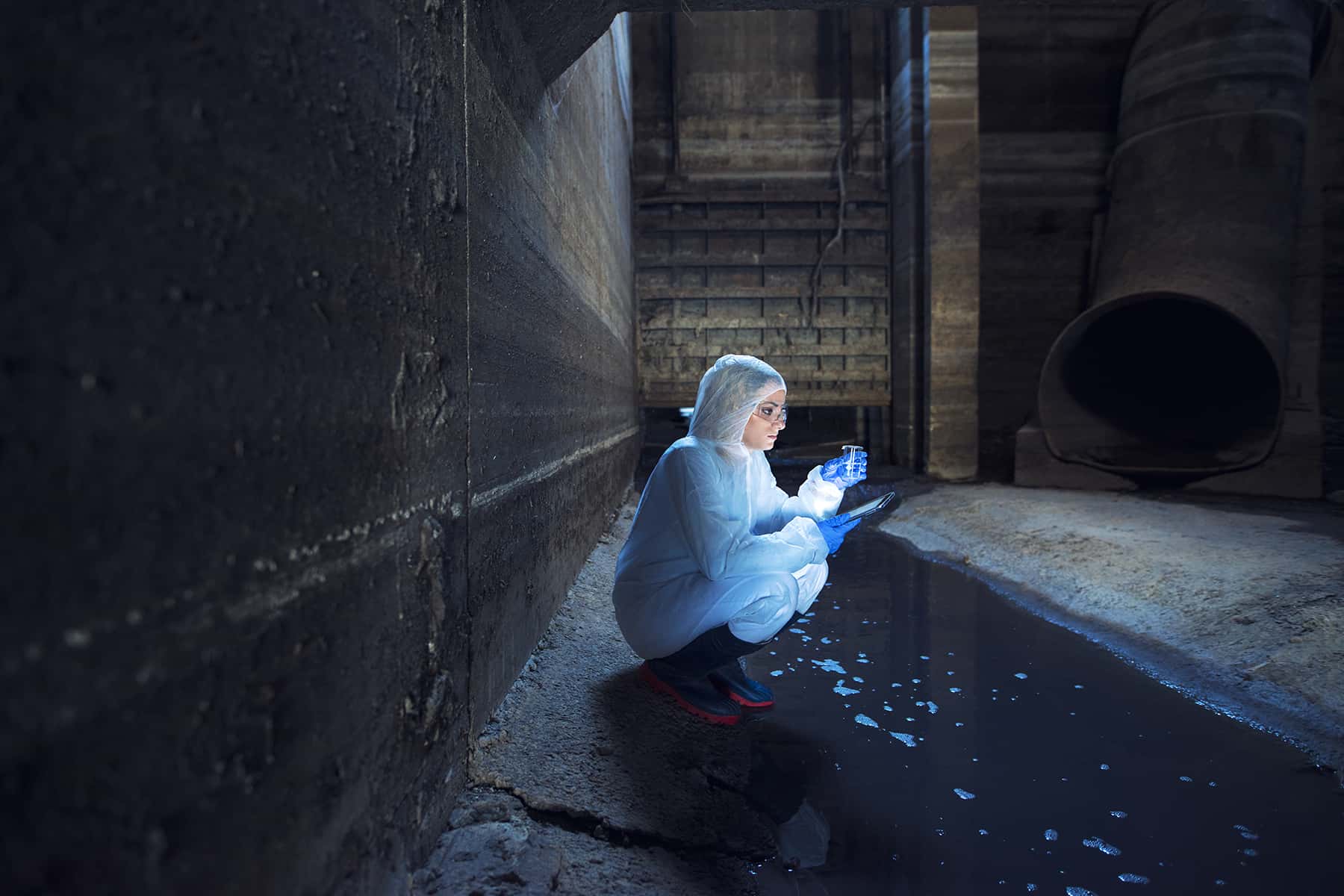
Because SARS-CoV-2, the virus that causes COVID-19, can be found in sewage, the concentration of the virus in wastewater gives public health officials the opportunity to monitor an entire community at once, independent of testing.
But sewage surveillance during a pandemic is complex, requiring technical expertise and rapid interpretation of the sampling results so that public health officials can act on them. A new study looks at building the needed communication network and the investment of resources necessary to sustain wastewater surveillance systems during a public health emergency.
The work was done by a team of academic researchers, public health practitioners, and state and local environmental health agencies who were implementing wastewater surveillance programs in their jurisdictions as part of their COVID-19 response. They wanted to detail the process so that wastewater surveillance can be established nationwide to aid in future pandemics or to track other health concerns, such as the extent of antibiotic resistance that’s present in communities.
“Knowledge transfer and co-development between academic labs to public health agencies is really an important part to understand what the results mean,” said Sandra McLellan, a professor of freshwater sciences at the University of Wisconsin-Milwaukee and lead investigator on the project. “So, the problem now is there’s a lack of relationships.”
The paper was published July 15 online in the journal “Emerging Infectious Diseases.” Using wastewater samples in public health surveillance has never been done. Therefore, researchers across the country need to partner with health agencies and wastewater utilities at a grassroots level to trade questions and share experiences if a nationwide program were to be successful.
The researchers also found that an investment must be made in organizational leadership and staffing resources to sustain wastewater surveillance systems.
“Developing one-on-one relationships takes time and capacity,” McLellan said, “so the personnel has to be built into the actual projects.”
Along with McLellan, team member Dominique Brossard, a professor of life sciences communication at UW-Madison, convened a national panel of experts from academia, wastewater utilities and health departments.
“Like any potential technology, being aware of the ethical, social and legal implications is important, as is talking to potentially important stakeholders in the community, like business leaders,” Brossard said. “If a public health department is going to use this, they have to make sure they communicate accurately with their audiences.”
The Centers for Disease Control and Prevention already is developing the infrastructure for a national effort. Through the CDC National Wastewater Surveillance System’s portal, health departments can submit wastewater and associated metadata and receive real-time results to help them in their COVID-19 response. As of June 2021, public health departments in 31 states, two U.S. territories and three municipalities are using CDC funds to support wastewater surveillance activities.
McLellan has provided technical expertise to the CDC for its surveillance system. In Wisconsin, the Department of Health Services and the State Laboratory of Hygiene partnered with UW-Milwaukee to initiate SARS-CoV-2 testing at 70 municipal wastewater treatment plants in the summer of 2020. The data they generated has been publicly available on a dashboard since December 2020.
Local health departments have used the data to confirm health trends identified through clinical testing and see how it matches with clinical cases, hospitalizations and vaccine rates. During the current phase of the pandemic, wastewater surveillance also could identify emerging variants that are circulating in the community.
© Photo
Аlеksаndаr Lіttlеwоlf

